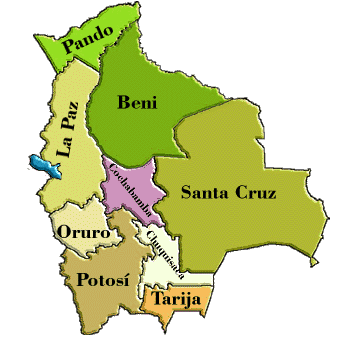About Bolivia
We probably couldn’t put it better than this…
“Simply superlative – this is Bolivia. It’s the hemisphere’s highest, most isolated and most rugged nation. It’s among the earth’s coldest, warmest, windiest and steamiest spots. It boasts among the driest, saltiest and swampiest natural landscapes in the world. Although the poorest country in South America […], it’s also one of the richest in terms of natural resources. It’s also South America’s most indigenous country, with over 60% of the population claiming indigenous heritage, including Aymará, Quechua, Guaraní and over 30 other ethnic groups. Bolivia has it all…except, that is, for beaches.” Lonely Planet
“Landlocked and isolated at the heart of South America, Bolivia encompasses everything that outsiders find most exotic and mysterious about the continent. Stretching from the majestic icebound peaks and bleak high-altitude deserts of the Andes to the exuberant rainforests and vast savannas of the Amazon basin, it embraces an astonishing range of landscapes and climates. The strangeness and variety of this natural environment are matched by the ethnic and cultural diversity of the country’s population: the majority of Bolivians are of indigenous descent, and the strength of Amerindian culture here is perhaps greater than anywhere else in Latin America.” Rough Guides
Bolivia is the fifth largest country in South America at 1,098,580 km2 (424,160 sq miles). Despite its size it has a small population density of 8.4 per km2.
Bolivia extends from the majestic Andes Mountains and the Altiplano down to the Amazon Basin, enjoying almost every kind of ecosystem, from extreme mountain heights to deep jungles. Bolivia also claims the world’s highest capital, highest international airport, and highest navigable lake, Titicaca.

